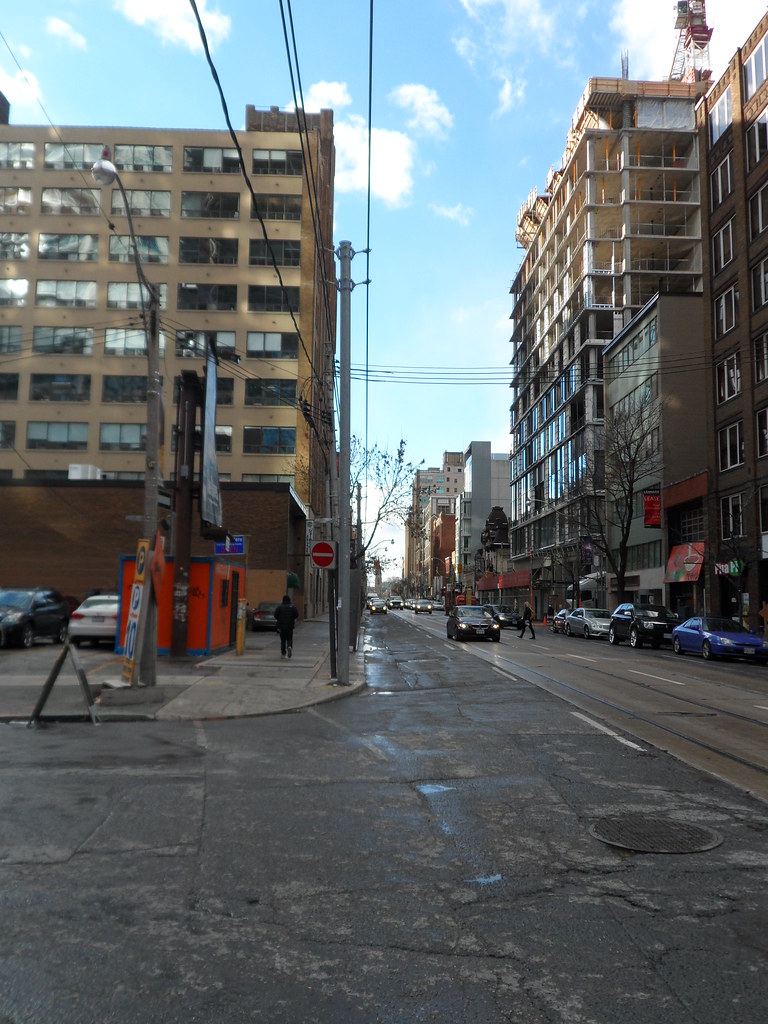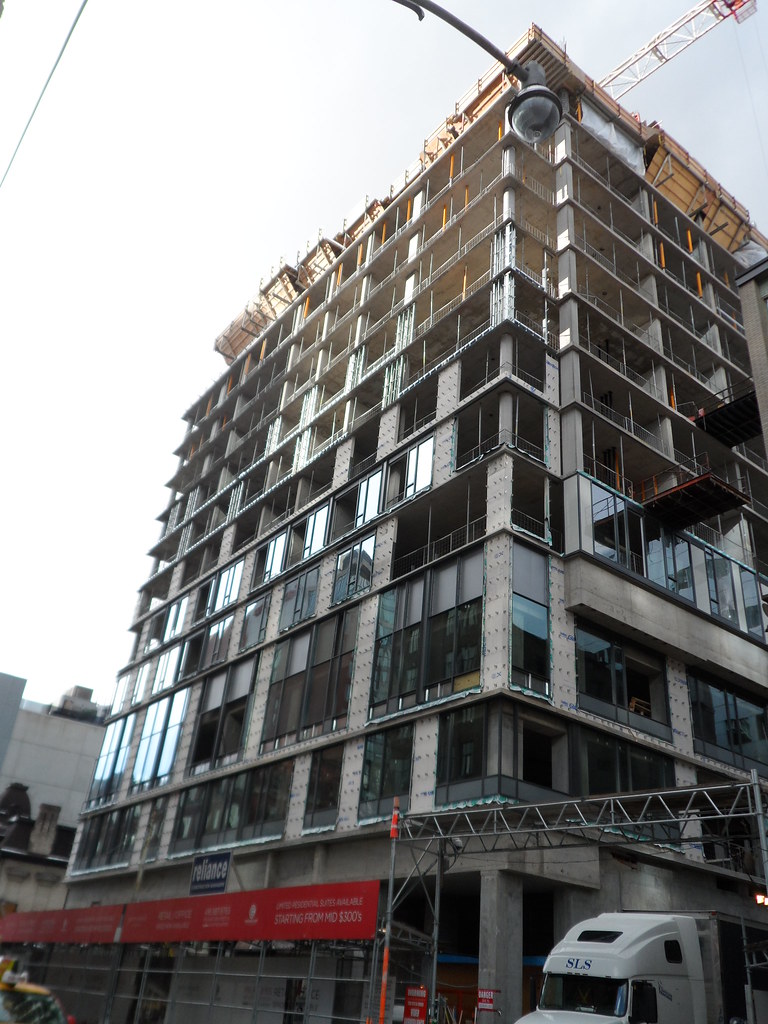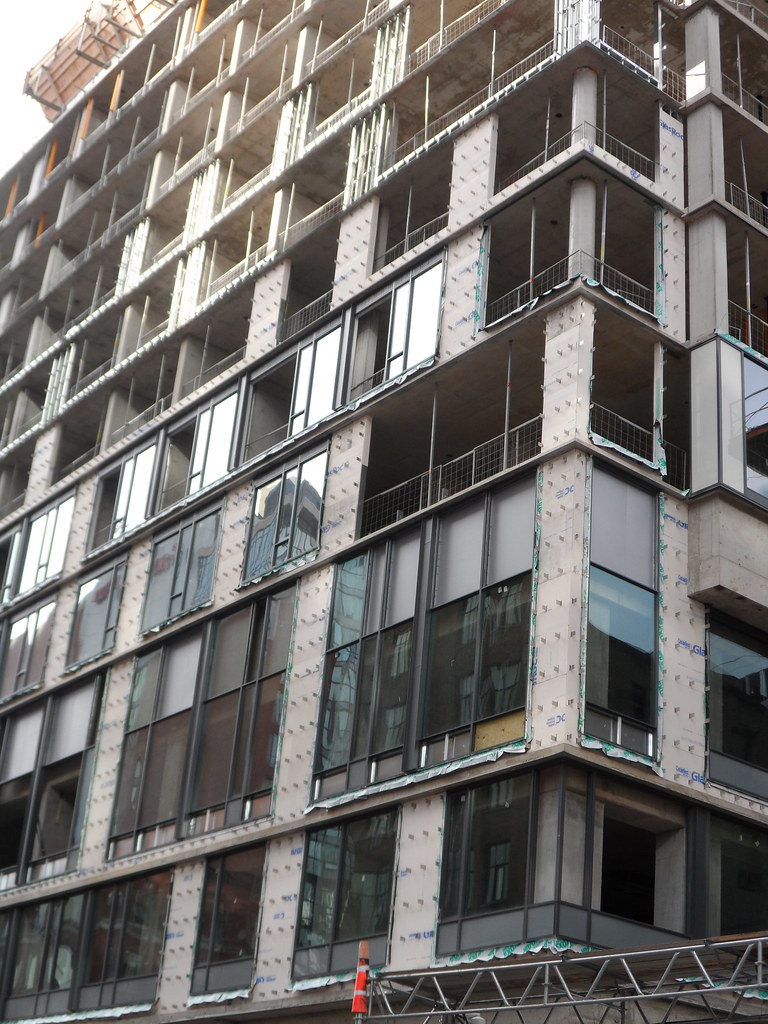vegeta_skyline
Senior Member
Two separate issues here.
1) Quality of an architectural firm is not necessarily related to whether an intended twin project is issued.
Not to worry I fully understand that. You could say its merely a coincidental connection that aA happens to be the architect for many of those twin+ projects that I have a distaste for. And its not that I dislike all twin/trio/quad projects. Its just the sheer predominance and banality of many them in this city that I have issues with.
Until recently Teeple & RAW's portfolio have mainly comprised of boutique mid-rise projects. Though playful and enjoyable, those designs match up relative to aA's work in that realm
Respectfully disagree. Not saying that aA falls flat in that regard, as I take no issue with their lowrise work. But I prefer Teeple & RAW's work over theirs in that realm. They just have a playful exuberance and flair that I feel is unmatched, but undoubtedly personal preferences come into play here.
Also, you mentioned "higher profile projects". For the most part, Murano & Peter St, etc. are not high profile projects so why bother pointing that out.
I didn't mean "higher profile" strictly in terms of how well known a project is but also by how noticeable they are/will be in the urban environment.
2) Reoccurring design elements are evident in most firms' work in the city for residential projects. DSAI, whose tame but respectful aesthetics for institutional buildings, also translates into repetitive residential designs (ie. Charlie, Pace, 57 Spadina).
I'm not simply referring to buildings that employ reoccurring design elements, I'm referring to buildings that have the virtually identical appearance and massing. Charlie & Pace would indeed be an example of such, but 57 Spadina has an entirely different massing from them. So there's one example DSAI churning out separate projects with virtually the same design & massing. Just how many time has aA done that? Radio City/18 Yorkville, The Casa trio/501 Youge, Spire/Pure Spirits/U condo's, Murano/Peter st and Karma + King Charlotte(aside from that ridiculous mech box) borrow heavily from the same pool of design elements. That's a ridiculous amount of knockoffs. Perhaps its not fair to compare DSAI, a firm more closely associated with institutional projects, to one associated with residential one. But you just don't see that kind of repetition in say HP's portfolio of projects. Seems they've somehow managed to play the "condo game" and play it well without letting it hamper their creativity.
Not addressed by AlbertC is that you would find few people who would consider your list of 'elite' firms complete, and in fact many would consider aA an elite firm
That list is not exactly a complete list of firms that I would consider "elite". But rather a sampling of company's that are heavily involved in the Toronto market with multiple projects and that I have a preference for design-wise. I'm well aware that many people on UT would consider aA an elite firm in that regard, but to me they are a tier below. That's not to say that aA isn't capable of or doesn't produce 'elite' buildings i.e. 4 Season, ICE, Pier 27 and obviously their attention to detail is top notch, but that alone doesn't 'do it' for me. I'm also not suggesting that everything Teeple/RAW/S-P/DSAI/HP produce is fantastic either. I just think they have a better ratio of project that I consider aesthetically pleasing vs those that don't inspire me at all.






